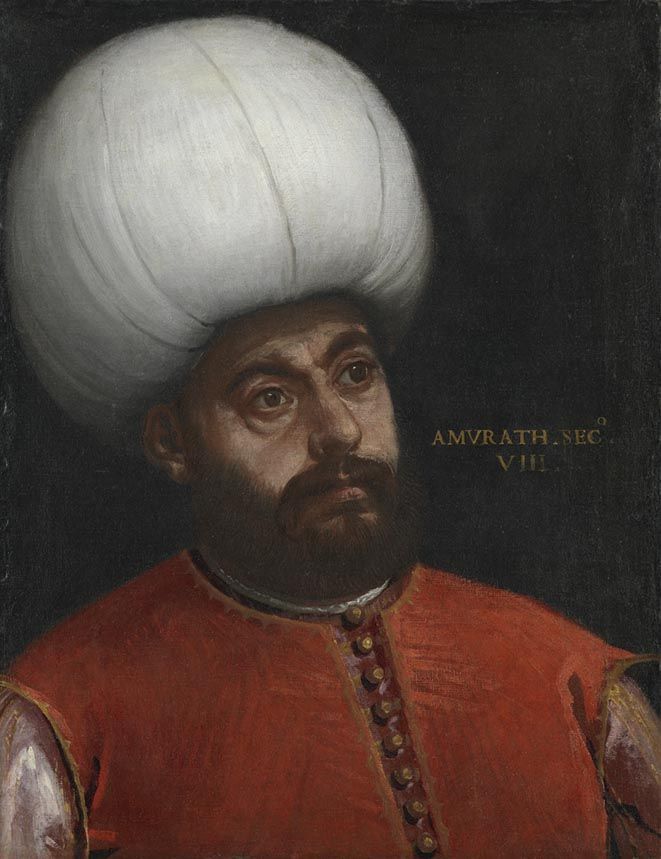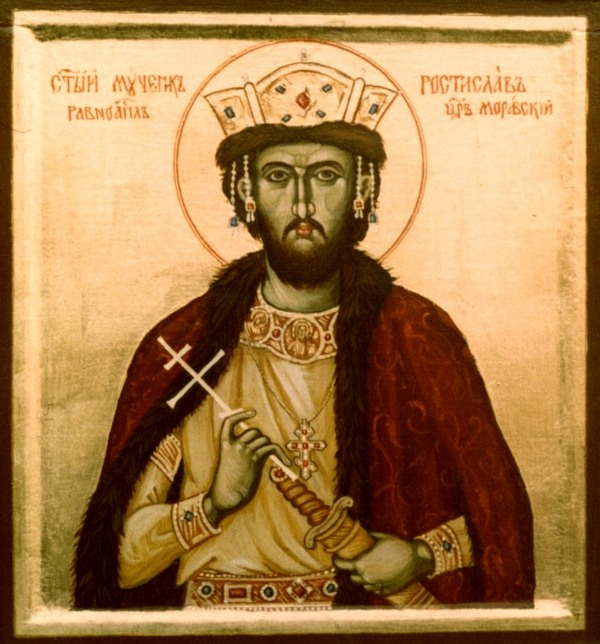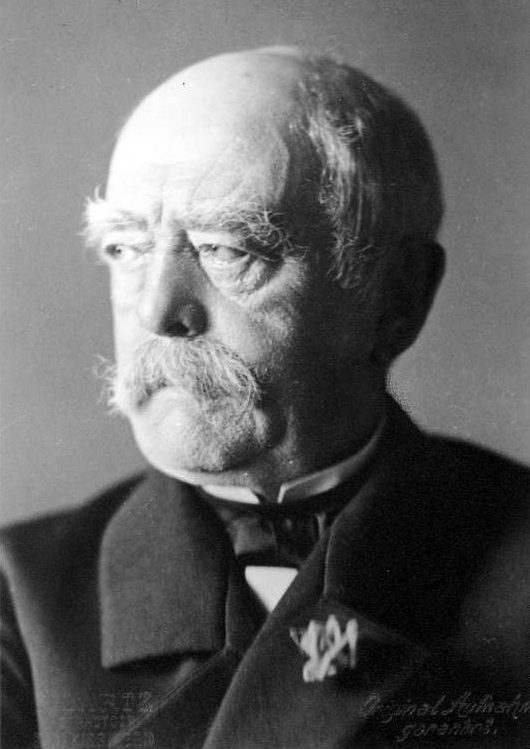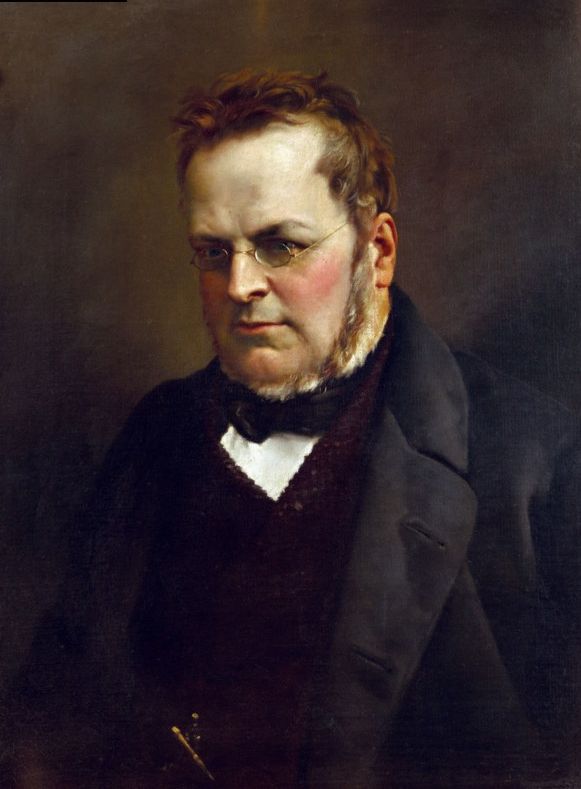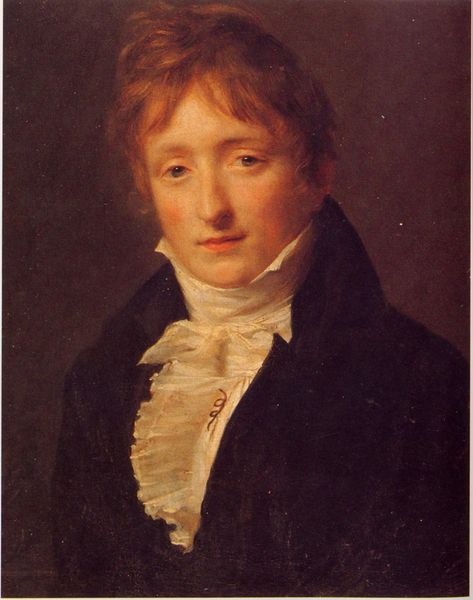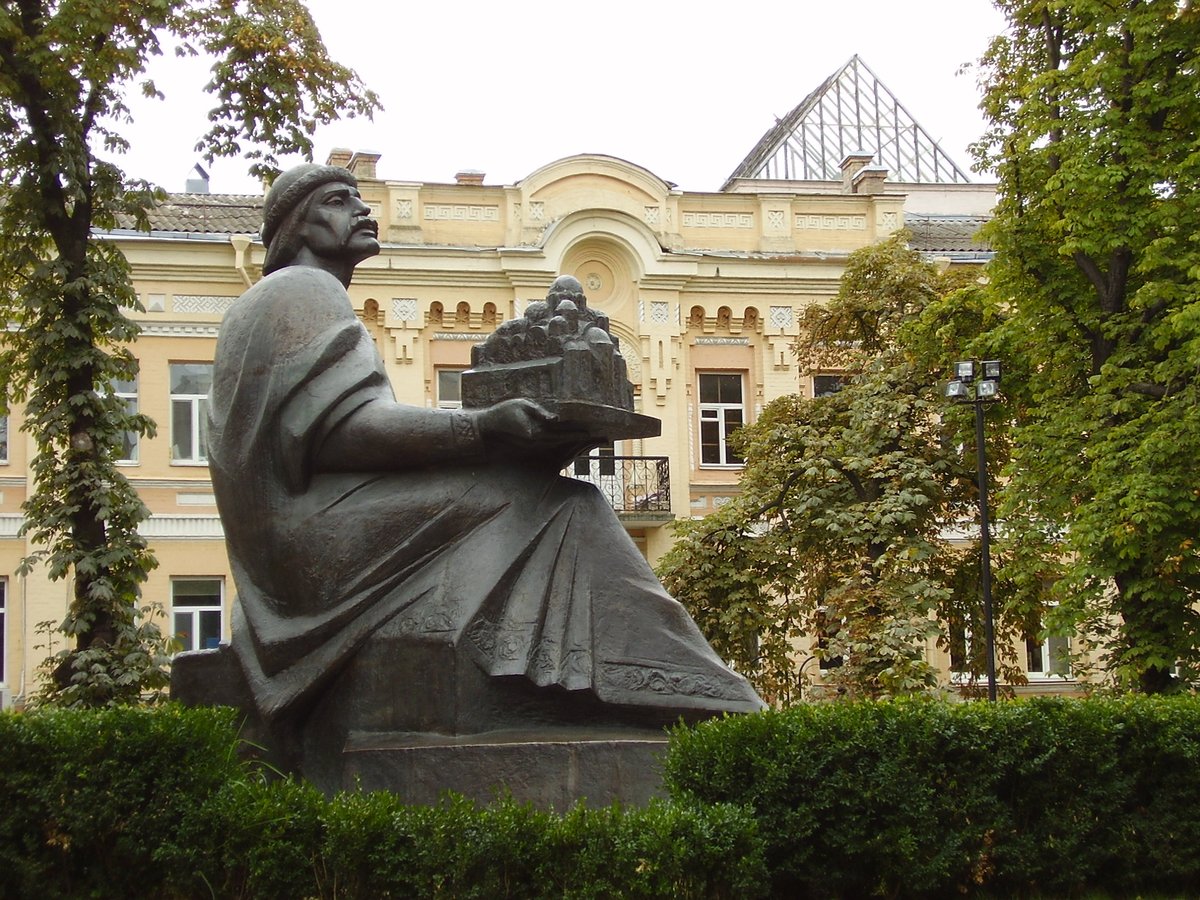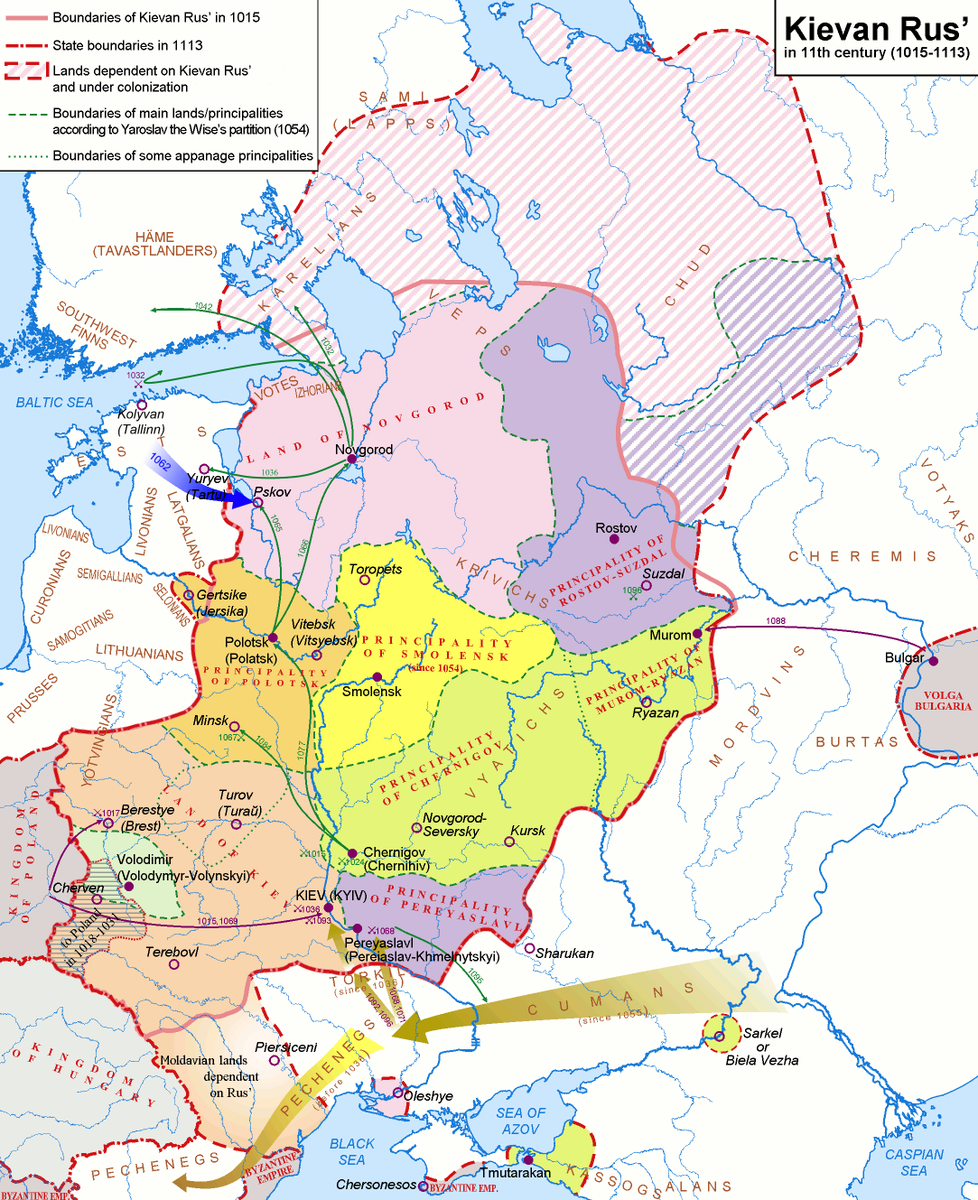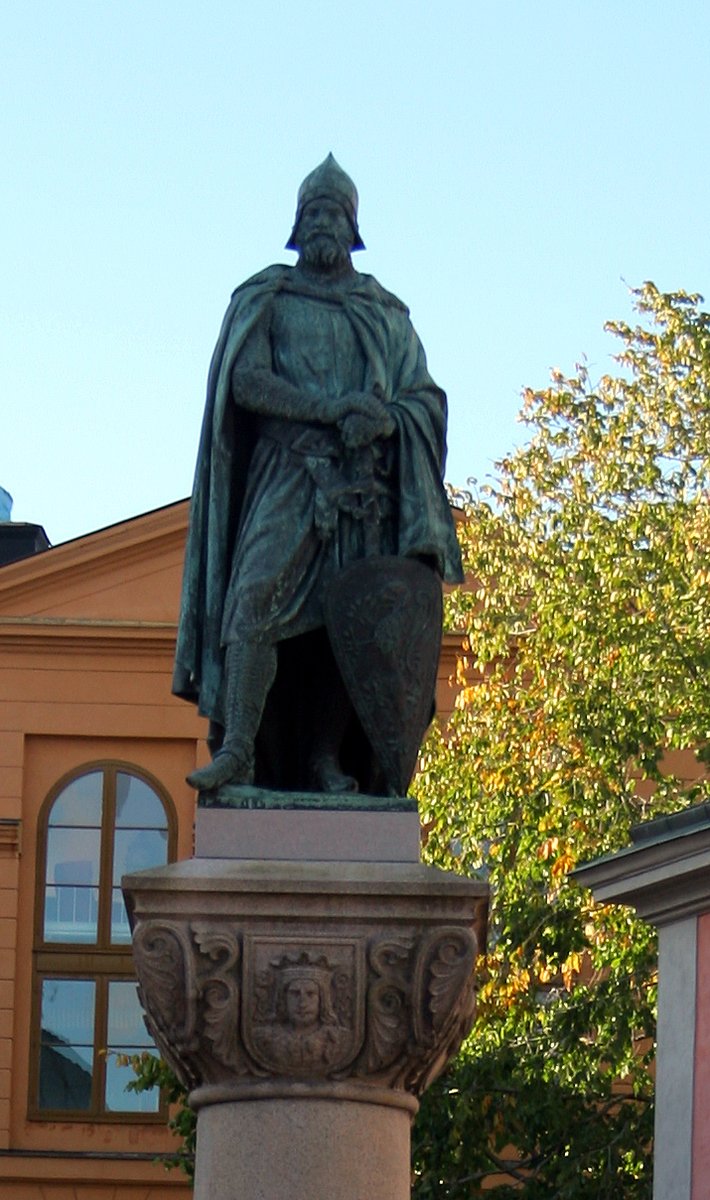Christianity was once a religion where anyone could make the rules.
Until Constantine called a Council, which standardized it.
But that didn't stop the independent thinking.
And the Church would try and stop them, sometimes by force.
Story in the evening ...
Until Constantine called a Council, which standardized it.
But that didn't stop the independent thinking.
And the Church would try and stop them, sometimes by force.
Story in the evening ...
https://twitter.com/Arby_K/status/1537623567038177280
Simon de Montfort was born around 1170 to Simon de Montfort and Amice de Beaumont. The elder Simon was the son of the Count of Évreux and Lord of Montfort-l'Amaury in France while Amice was the daughter of the Earl of Leicester in England. 1/10 

In 1181, the elder Simon inherited Montfort-l'Amaury on his father's death, which passed to the younger Simon in 1187. The latter also received Leicester after his uncle's death in 1204, but since France and England were at war at the time he could not effectively claim it. 2/10 

In 1202, Simon de Montfort had gone east as a Crusader. But when the Crusade got diverted to Zadar, part of Christian Kingdom of Croatia, for monetary reasons, Simon stayed out of it. He would later go directly to Levant with Hungarian support. 3/10 

The death of his uncle brought Simon back west, but faced with difficulty in enforcing his claim on Leicester, he returned to France. Simon's younger brother, Guy de Montfort, however remained in the Levant, where his descendants would go on to rule in Tyre. 4/10 

In 1209, Simon de Montfort was called upon by the Church for a Crusade against the Cathars, a popular sect of Christianity in Languedoc. The semi-independent region shared close ties with the Iberian Kingdom of Aragon to its south. 5/10 

The Crusaders found initial success seizing Albi, Béziers and Carcassonne. Montfort was given the regions to govern. Montfort and his Crusaders came to be known for their brutality and though they met resistance from the locals at times, continued expelling Cathars. 6/10 

After a long (pyrrhic) siege of Termes in 1210, Simon de Montfort achieved a significant victory at Muret in 1213 against the combined forces of Toulouse and Aragon. The king of Aragon was killed and the Count of Toulouse was dispossessed of his territories. 7/10 

Simon de Montfort was given the charge of Toulouse and Narbonne. But Raymond, the Count of Toulouse, fought back, retaking Toulouse in 1217. Montfort returned to recover the city, but was killed during the siege by a mangonel. 8/10 

Simon's eldest son, Amaury de Montfort, succeeded him in France. He was unable to retain his father's gains in Languedoc and lost all his possessions except Montfort-l'Amaury. However, the Cathars were defeated and France solidified its hold over Languedoc in the process. 9/10 

Simon also had two other sons - Guy de Montfort, who had married the Countess of Bigorre, and Simon de Montfort, who became the Earl of Leicester and would go on to lead an active life in England. 10/10 

• • •
Missing some Tweet in this thread? You can try to
force a refresh


